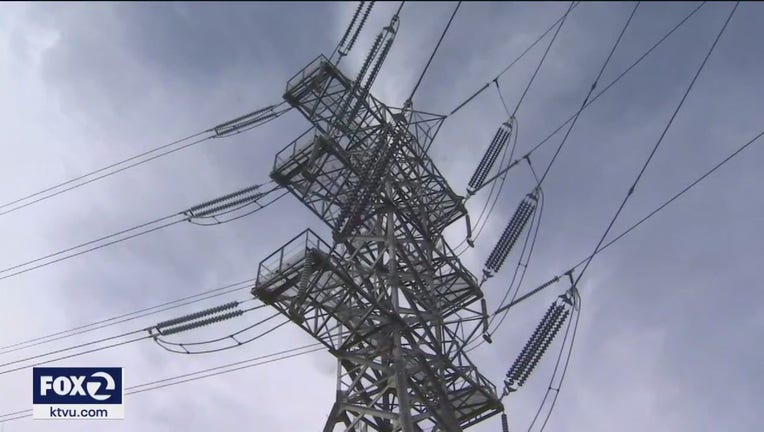California regulators propose higher rates for PG&E customers to reduce wildfire risk

SACRAMENTO, Calif. - Power bills for about 16 million people in Northern California will likely increase after state regulators released two rate proposals for one of the nation’s largest utilities Wednesday.
The California Public Utilities Commission is finishing up its once-every-four-years review of Pacific Gas & Electric, the Oakland-based utility that provides electric and gas service to a 70,000-square-mile area in northern and central parts of the state. The commission must approve how much PG&E can charge customers and how it will spend that money.
The commission on Wednesday could not say what the increase would be for the average residential customer. But it is likely to be far less than what PG&E had initially requested — the company had asked for rate increases large enough to boost its revenue by 26%, but the two proposals the commission released would increase revenue by a maximum of 13%.
PG&E had asked for more revenue in part to pay for a plan to bury about 2,100 miles of power lines to help prevent wildfires. Burying powerlines is expensive and takes a long time to complete. But PG&E has argued it is the best way to essentially eliminate the risk of strong winds knocking down power lines and starting wildfires, like the 2018 Camp Fire that killed 85 people and destroyed thousands of homes.
The Utility Reform Network, which advocates on behalf of ratepayers, has argued that a faster and cheaper way to reduce wildfire risk is to insulate power lines instead of burying them.
PG&E’s current proposal would raise rates by $31.62 if approved by the CPUC in its entirety, which is not likely. The portion used to bury power lines, 2,100 miles between 2023 to the end of 2026 would phase in from 47 cents per month but ratchet up to $2.55 a month in 2026.
From this, PG&E expects to greatly reduce overall wildfire risks and eliminate a lot of the cost of power line maintenance as well as reduce or eliminate power shutoffs these underground lines serve. To all of this, an important consumer advocate says this.
"That’s just the tip of the iceberg because PG&E has several other increase requests sitting on the desk of the CPUC right now just waiting for action. Every single increase gets pancaked onto of the other one," said Mark Toney, executive director of TURN- The Utility Reform Network.
It appears the commission agrees. Both of its proposals would approve rate increases sufficient to bury less than 1,000 miles of lines.
Still, "both proposed decisions adopt substantial and painful increases to monthly bills, far beyond the cost of inflation, which (we believe) should be a cap for bill increases," said Mark Toney, executive director of The Utility Reform Network.
One proposal, written by administration law judges, would increase PG&E’s revenue by 13%. The other one, from John Reynolds, the PUC commissioner assigned to the case, would increase the company’s revenue by 9%. The commission is scheduled to consider them during its Nov. 2 meeting.
PG&E spokesperson Lynsey Paulo said the company is reviewing the proposals and its own proposal "continues the transformation of our energy system to further reduce wildfire risk, improve safety and climate resilience and support continued growth of clean energy."
The issue of PG&E’s rates has been pending for more than two years.
A decision was delayed last year after the company made two changes to its initial application, first to request the bury the power lines and later to increase its rate request because of inflation and taxes.
KTVU reporter Tom Vacar contributed to this report.

